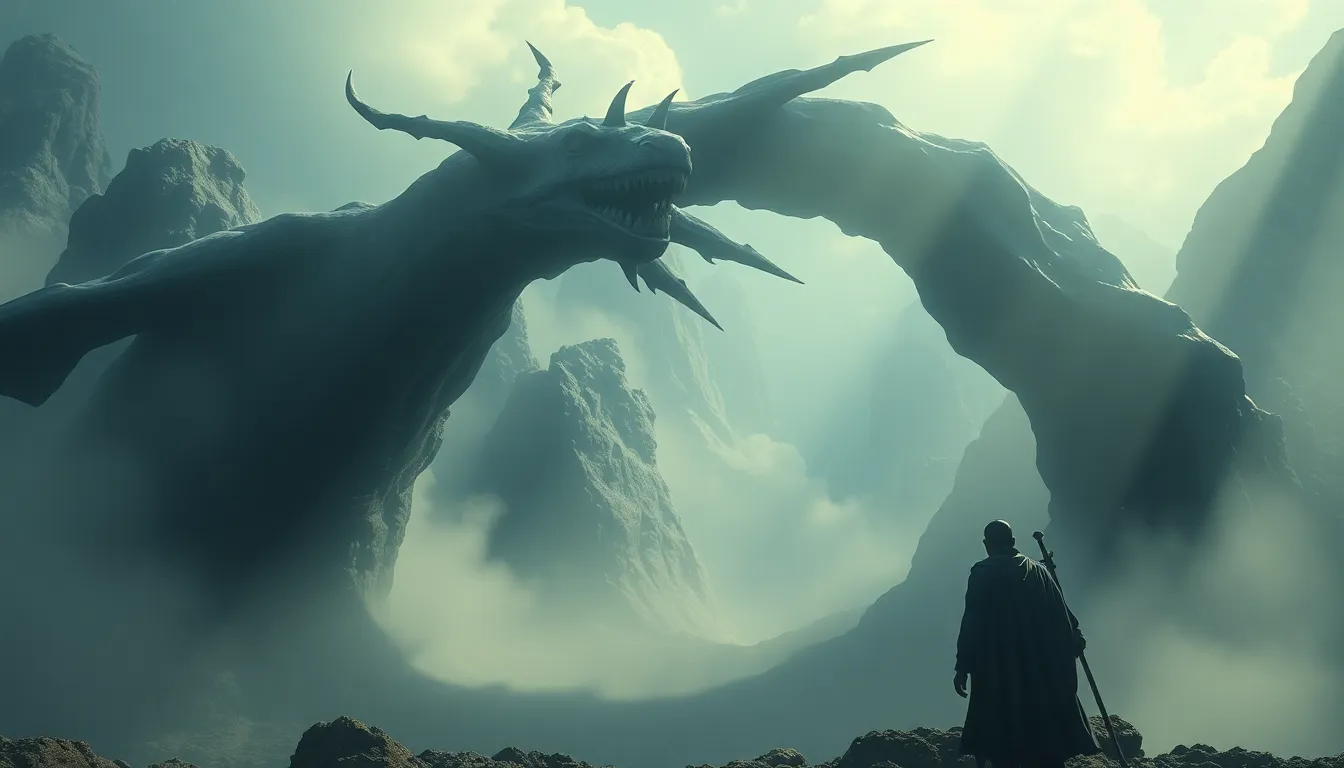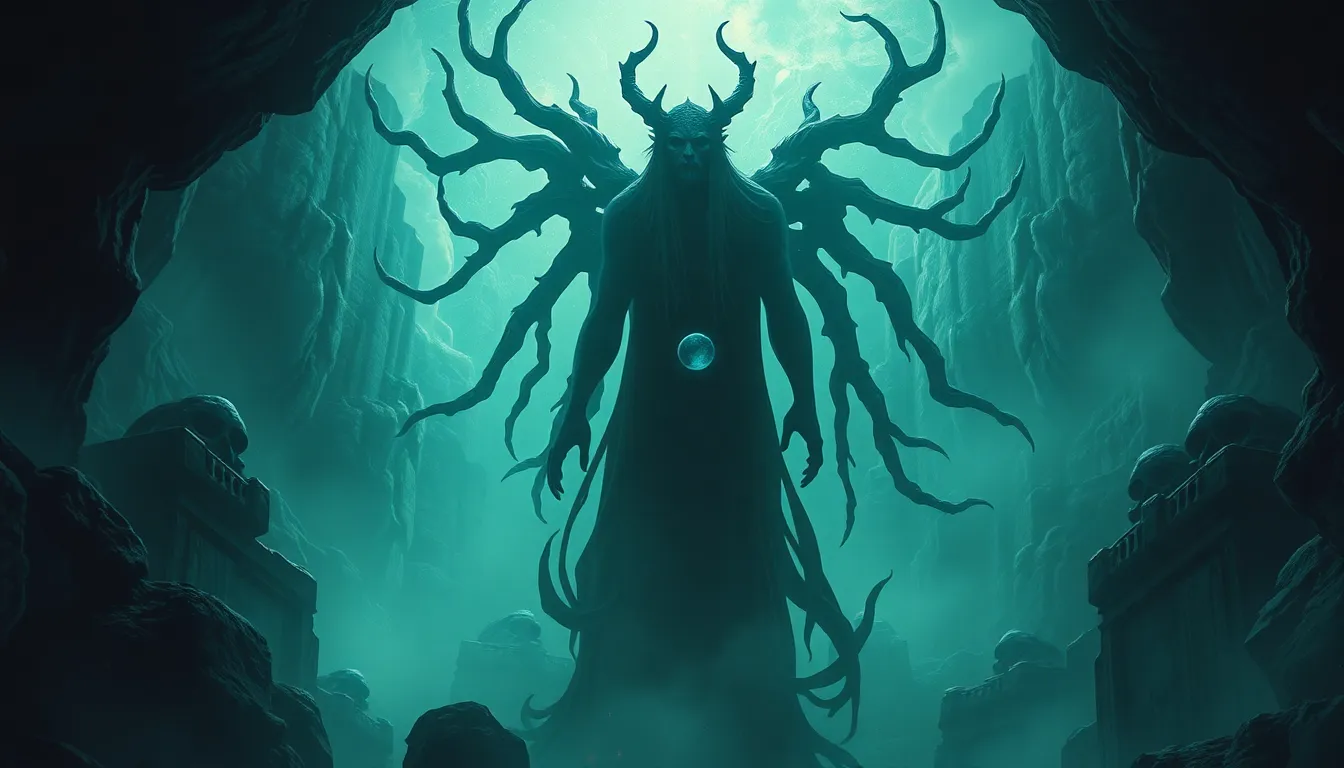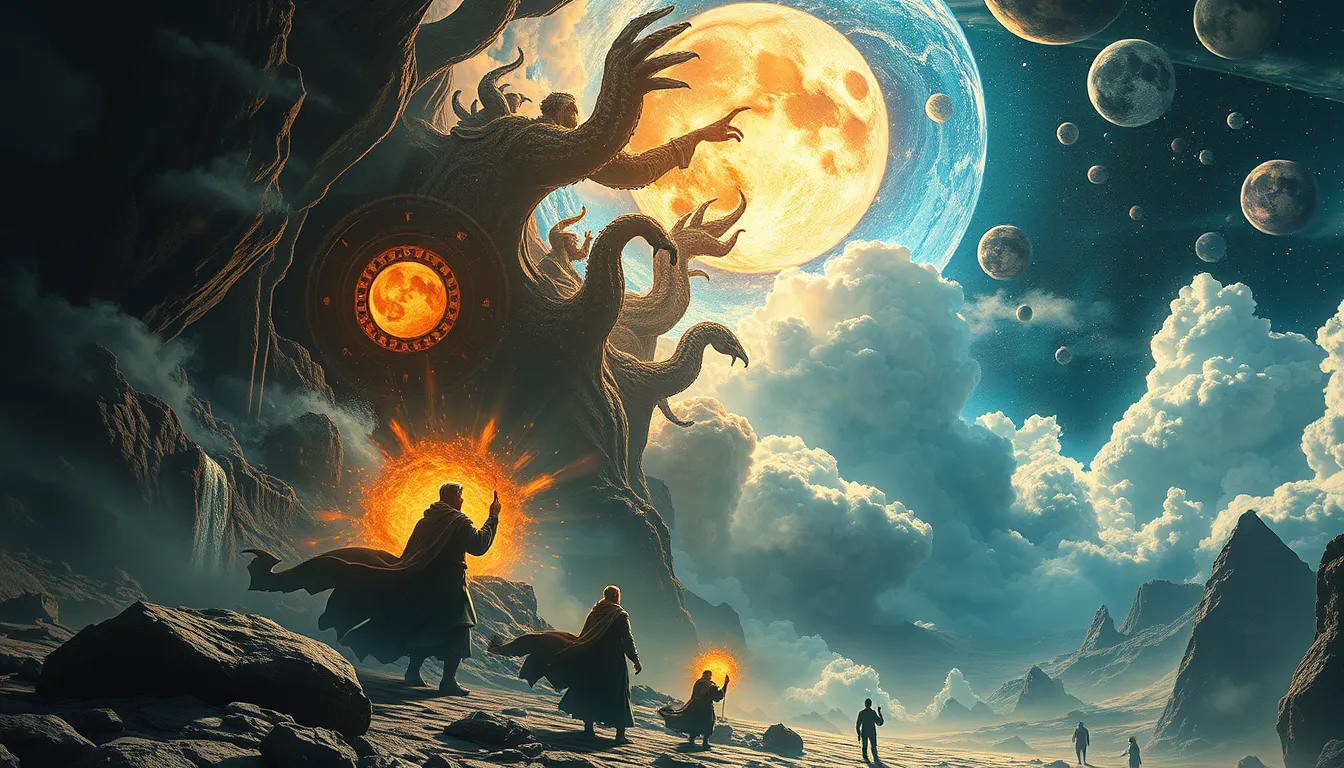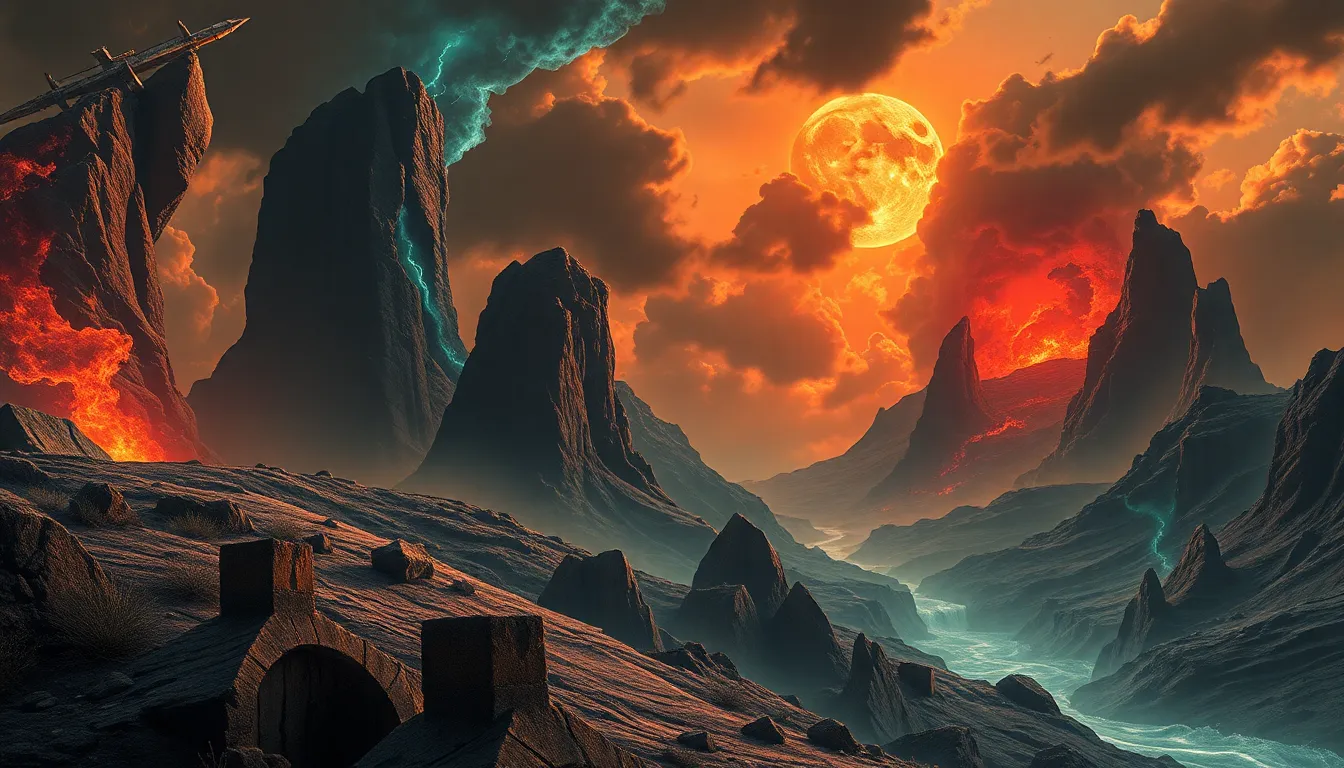Underworld Myths: The Stories That Shape Our Beliefs
I. Introduction to Underworld Myths
Underworld myths are narratives that explore the realms of the dead and the afterlife, serving as a bridge between the living and the departed. These myths hold significant cultural and spiritual importance, offering insights into how various cultures perceive death, morality, and existence beyond life.
Different cultures have crafted unique perspectives on the underworld, reflecting their values, fears, and hopes. From the Greek underworld ruled by Hades to the Egyptian Duat presided over by Osiris, these stories reveal a deep-rooted human fascination with what lies beyond. This article aims to explore how these myths shape beliefs and values across civilizations.
II. Historical Context of Underworld Myths
The origins of underworld myths can be traced back to ancient civilizations that sought to explain the mysteries of death and the afterlife. These myths often arose from a need to comprehend the natural world and human existence.
Key figures and deities associated with the underworld include:
- Hades – The Greek god of the underworld.
- Osiris – The Egyptian god of the afterlife and resurrection.
- Hel – The Norse goddess ruling over the realm of the dead.
Over time, underworld myths have evolved, influenced by cultural exchanges, religious transformations, and philosophical developments. They reflect the changing attitudes towards death and the afterlife throughout history.
III. Comparative Analysis of Underworld Myths Across Cultures
Underworld myths vary significantly across cultures, each providing unique insights into the afterlife.
A. Greek mythology: Hades and the afterlife
In Greek mythology, the underworld is ruled by Hades, where souls are judged and assigned to different realms based on their earthly deeds. The river Styx serves as a boundary between the living and the dead, and the presence of Charon, the ferryman, is crucial for crossing into the afterlife.
B. Egyptian mythology: Osiris and the Duat
The Egyptians believed in a complex afterlife, guided by the god Osiris. The Duat is a realm where souls face trials and judgment, often involving weighing the heart against the feather of Ma’at to determine worthiness for eternal life.
C. Norse mythology: Hel and the realm of the dead
Norse mythology presents Hel, the goddess of the underworld, where those who did not die gloriously in battle resided. This realm reflects the Norse values of bravery and honor, with the afterlife being a continuation of the earthly struggles.
D. Other cultural examples: Aztec, Hindu, and Native American beliefs
Other cultures, such as the Aztecs, believed in Mictlan, a challenging journey through the underworld. Hinduism presents a cyclical view of life and death, with concepts of reincarnation and karma influencing beliefs about the afterlife. Native American cultures also have diverse views on the afterlife, often tied to nature and ancestral spirits.
IV. Symbolism and Themes in Underworld Myths
Underworld myths are rich in symbolism and recurring themes, often representing complex ideas about life, death, and transformation.
A. The underworld as a place of judgment and transformation
Many myths portray the underworld as a site of judgment, where souls confront their past actions and undergo transformation, reflecting the idea of moral consequence.
B. Common symbols: rivers, gates, and guardians
Common symbols found in underworld myths include:
- Rivers (e.g., Styx, Acheron) – Often symbolize the transition between life and death.
- Gates – Represent thresholds to new realms.
- Guardians (e.g., Cerberus, Anubis) – Serve as protectors of the underworld, ensuring only the rightful enter.
C. The duality of life and death in these narratives
The duality of life and death is a prevalent theme, highlighting the interconnectedness between the two states of existence. These myths often explore how life influences the afterlife and vice versa.
V. The Role of Myths in Shaping Morality and Ethics
Underworld myths play a crucial role in shaping societal values and ethical frameworks.
A. How underworld myths reflect societal values
These stories often reflect the morality of the culture they originate from, providing insights into what is deemed virtuous or sinful.
B. Lessons learned from tales of punishment and redemption
Tales of punishment for wrongdoing and the possibility of redemption serve as moral lessons, guiding individuals in their conduct and choices.
C. The impact of these myths on contemporary moral frameworks
Even today, underworld myths influence contemporary discussions about justice, ethics, and the consequences of actions, underscoring their enduring relevance.
VI. Psychological Interpretations of Underworld Myths
Underworld myths also invite psychological interpretations, revealing deeper aspects of the human psyche.
A. Carl Jung’s perspective on the collective unconscious
Psychologist Carl Jung viewed myths as expressions of the collective unconscious, tapping into shared human experiences and archetypes.
B. The underworld as a representation of the psyche
The underworld can symbolize the darker aspects of the psyche, representing fears, repressed emotions, and the journey towards self-understanding.
C. Archetypes and their influence on personal beliefs
Archetypes present in these myths shape individual beliefs and behaviors, manifesting in dreams, literature, and personal narratives.
VII. Underworld Myths in Modern Media and Culture
Modern media and culture are heavily influenced by underworld myths, which continue to resonate with audiences.
A. Influence on literature, film, and art
Many contemporary works draw inspiration from underworld narratives, exploring themes of death, morality, and transformation.
B. Contemporary reinterpretations of ancient myths
Reinterpretations of these myths often reflect current societal issues, such as identity, existentialism, and the search for meaning.
C. How these stories resonate with current societal issues
Underworld myths often resonate with contemporary concerns, providing a framework for discussing fears about death and the unknown.
VIII. The Underworld Myth as a Reflection of Human Fears
At their core, underworld myths reflect deep-seated human fears regarding death, the unknown, and what lies beyond.
A. Exploration of death, the unknown, and the afterlife
These myths provide a means to explore and understand the mysteries surrounding death and the afterlife.
B. Coping mechanisms through mythological narratives
Mythological narratives serve as coping mechanisms, allowing individuals to confront their fears in a structured way.
C. The therapeutic role of storytelling in confronting fears
Storytelling can be a therapeutic tool, enabling individuals to process their fears and uncertainties about death and existence.
IX. Conclusion: The Enduring Legacy of Underworld Myths
Underworld myths offer profound insights into the human experience, reflecting our beliefs about life, death, and morality. These stories continue to shape our understanding of existence and the afterlife, influencing modern culture and individual beliefs.
As we navigate the complexities of contemporary life, the lessons embedded in these ancient myths remain relevant, encouraging reflection on our values and the legacy we leave behind.
Ultimately, underworld myths are a testament to our enduring quest for understanding and meaning in the face of the unknown.
X. Further Reading
For those interested in delving deeper into the fascinating world of underworld myths, consider exploring the following resources:




